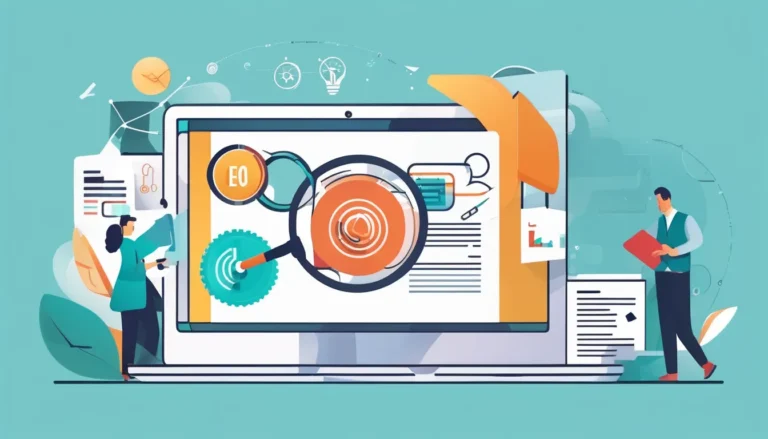Quick Facts About the University of Toronto
| Feature | Details |
|---|---|
| Location | Toronto, Ontario, Canada |
| Established | 1827 |
| Total Students | Over 90,000 |
| Campuses | St. George, Mississauga, Scarborough |
| Top Programs | Medicine, Engineering, Computer Science, Business |
| International Rank | Among top 20 universities worldwide |
History of the University of Toronto
Founded in 1827, the University of Toronto has grown from a small institution into one of the world’s leading research universities. Originally named King’s College, it was established by royal charter and was the first institution of higher learning in Upper Canada (now Ontario). Over the years, U of T has played a significant role in the development of Canadian education, producing many influential alumni, including prime ministers, Nobel laureates, and pioneers in various fields.
University of Toronto Campuses
U of T operates three campuses, each offering unique features and academic strengths.
1. St. George Campus
Located in downtown Toronto, the St. George campus is the largest and oldest of the three. It is known for its historic architecture, beautiful campus grounds, and vibrant student life. This campus houses the majority of U of T’s faculties and programs, including prestigious ones like Medicine and Law.
2. University of Toronto Mississauga (UTM)
Situated about 30 kilometers west of Toronto, UTM offers a smaller, more intimate environment while maintaining the high academic standards of the main campus. It has strong programs in fields like Psychology, Business, and Environmental Studies. UTM is ideal for students looking for a suburban setting with close access to the big city.
3. University of Toronto Scarborough (UTSC)
UTSC, located in the eastern part of Toronto, is known for its co-op programs, which allow students to gain hands-on work experience during their studies. This campus has strengths in areas like International Development, Management, and Computer Science, making it a popular choice for students interested in experiential learning.
Academic Programs at the University of Toronto
The University of Toronto offers over 700 undergraduate and 200 graduate programs. Here’s a look at some of its most popular fields of study:
- Medicine: U of T’s Faculty of Medicine is one of the best in Canada and is known for producing top medical professionals. The program is competitive, with a focus on research and clinical practice.
- Engineering: The university’s Faculty of Applied Science and Engineering is highly regarded, offering a range of specializations from Biomedical Engineering to Computer Engineering.
- Business: The Rotman School of Management at U of T is renowned for its MBA program, which is ranked among the best in the world. Undergraduate students can also pursue business programs through Rotman Commerce.
- Computer Science: Known for its rigorous curriculum and research opportunities, U of T’s Computer Science program is highly competitive and attracts students with a strong interest in technology and innovation.
- Law: The Faculty of Law at U of T is one of the most prestigious law schools in Canada, producing many successful legal professionals and scholars.
Admission Requirements
Admission to the University of Toronto is competitive, and requirements vary depending on the program and campus.
General Undergraduate Admission Requirements
- Academic Performance: High grades in high school, particularly in relevant subjects. For international students, U of T may consider standardized test scores like the SAT or ACT.
- English Proficiency: If English is not your first language, you may need to take tests like the TOEFL or IELTS.
- Supplementary Application: Some programs, like Engineering and Rotman Commerce, require a supplementary application, which may include essays or video interviews.
Graduate Admission Requirements
For graduate programs, the requirements typically include:
- Bachelor’s Degree: A completed undergraduate degree with a strong academic record.
- GRE/GMAT Scores: For some programs like Business and certain sciences, standardized test scores may be required.
- Statement of Purpose: A personal statement explaining why you’re interested in the program.
- References: Letters of recommendation from professors or employers.
- Research Proposal: For research-based programs, a research proposal may be necessary.
Campus Life at U of T
With over 1,000 student clubs and organizations, there’s something for everyone at U of T. Here’s what campus life typically includes:
- Clubs and Societies: From academic clubs to sports teams and cultural societies, students can find like-minded individuals and get involved in various activities.
- Student Housing: U of T offers a range of housing options, from traditional dormitories to apartments. The St. George campus has the largest variety of residences.
- Events and Festivals: Throughout the year, the university hosts many events, including academic conferences, arts festivals, and sports competitions.
- Libraries: U of T has one of the largest library systems in North America, with over 40 libraries on its campuses, providing resources for students to conduct research and study.
Research Opportunities
Here’s how you can get involved:
- Undergraduate Research: Many programs offer research courses or allow students to work as research assistants.
- Research Facilities: U of T has cutting-edge research facilities and labs, making it an ideal place for students interested in pursuing research-driven careers.
Tuition and Financial Aid
The cost of attending U of T varies by program, campus, and student status (domestic or international). Here’s a breakdown of estimated costs:
| Type of Student | Estimated Tuition (per year) | Additional Fees |
|---|---|---|
| Domestic | CAD 6,000 – CAD 15,000 | Books, supplies, etc. |
| International | CAD 35,000 – CAD 60,000 | Health insurance, housing |
Financial Aid Options
- Scholarships: U of T offers various scholarships, including the prestigious Lester B. Pearson International Scholarship, which is for exceptional international students.
- Bursaries: Need-based bursaries are available to Canadian students.
- Work-Study Programs: Students can find part-time jobs on campus to help with living expenses.
Career Prospects After Graduation
A degree from the University of Toronto opens doors to many career opportunities. The university’s reputation and extensive alumni network give graduates a significant advantage in the job market. Popular career paths for U of T alumni include:
- Medicine: Many graduates go on to become doctors, surgeons, and researchers.
- Technology: Computer Science graduates often work at leading tech companies or startups.
- Law: U of T’s law graduates work in top law firms, government agencies, and as policymakers.
- Business: Rotman graduates are in demand in finance, consulting, and entrepreneurship.
FAQs
1. How difficult is it to get into the University of Toronto?
Admission to U of T is competitive, especially for popular programs like Medicine, Engineering, and Computer Science. Strong academic performance and a good supplementary application are essential.
2. Does U of T offer online courses?
Yes, the University of Toronto offers online courses and even full programs in certain fields. This flexibility is especially popular among international and working students.
3. Is the University of Toronto a good option for international students?
Absolutely! U of T is a diverse institution with students from over 160 countries. The university offers support services for international students, such as orientation, academic advising, and career services.
4. What is the cost of living in Toronto for students?
The cost of living in Toronto can be high, with expenses housing, food, and transportation. However, U of T provides financial aid options, including scholarships, work-study programs, and bursaries, to help students manage costs.
5. Are there part-time job opportunities for students at U of T?
Yes, U of T has a work-study program that offers part-time jobs on campus. Toronto’s large economy also provides various job opportunities for students.
Conclusion
The University of Toronto stands out as a top-tier institution that offers exceptional education, diverse research opportunities, and a vibrant campus life. With its strong academic programs, cutting-edge research, and global reputation, U of T attracts students who are ambitious and dedicated.









